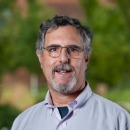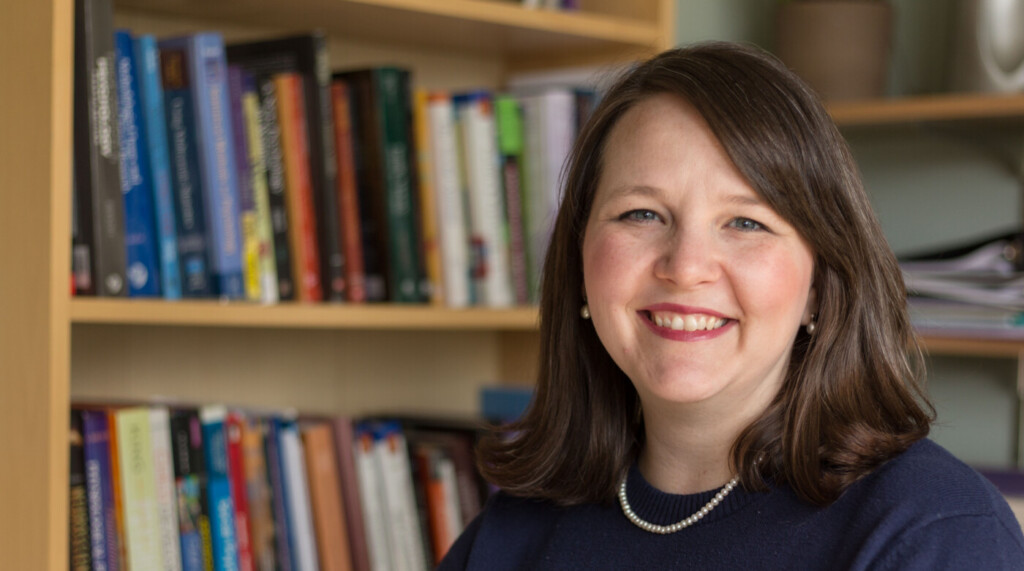Page 225 • (3,283 results in 0.047 seconds)
-
weeks of submission. All subsequent changes in the study plan must be submitted in writing and approved by the program director in consultation with the student’s faculty advisor(s) and the director of undergraduate programs. When completed, this approved course of study leads to the conferral of the B.A. degree with an individualized major in Interdisciplinary Studies. Individualized Study (IDST) - Undergraduate IDST 491 : Independent Study Students will develop projects in consultation with
-
Mechanics, or other Engineering discipline) Currently enrolled student attending a college or university with an expected graduation date prior to August 2022 Preferred Qualifications (Desired Skills/Experience): Strong academic performance Exceptional organizational and collaboration skills as demonstrated through leadership positions on teams and/or in student or civic organizations Strong technical experiences as demonstrated through technical projects, research or engineering internships Exceptional
-
Dean Waldow's Research Group Waldow Group Research Projects Our group has a number of research directions broadly focused in the study of macromolecules. The largest effort has been involved in the compatibilization of polymer blends with added copolymers both in the bulk and as a thin film. Other areas include the study of organic photovoltaic thin films, local segmental dynamics of copolymers in dilute solution, and the application of various synthetic technique to design and build specialty
-

projects like that [Immigration Simulation] because certain things require nuance. When you’re approaching different communities with asks, it goes back to remembering who they are as people.” Shayna continues the 20-year legacy of the Diversity Center. To her, the legacy means “PLU was or is at the forefront of diversity and inclusive education. I’m very fortunate that I had a place, a school that cared about that.” Shayna encourages current and future Lutes to “Soak up the time you have there, in and
-
professors interested in using this guide, we recommend that you include this guide in your Sakai page or syllabus, in addition to the information about the librarian that works with your department, and that you encourage your students to use it as they begin to work on their research projects. This guide can also be used in your courses whenever questions comes up about how to conduct research in your course. For more guidance on how to use this guide in your courses, please reach out to the library
-

statistics for the Mathematics Department. He developed and directs the Department’s undergraduate major in financial mathematics. He helped develop the new CFA-oriented Masters in Finance degree program in the PLU School of Business, and he teaches several courses for the program. In addition to teaching a variety of courses, he has supervised over forty senior theses and masters projects in pure and applied mathematics, statistics and finance. Professor Stuart obtained bachelors degrees in mathematics
-
often follow this pathway: * Completing the requirements for the minor * Adding 3 or more additional electives * Including study away, internship, or other community-based project * A final capstone project and presentation If this will be a second major, students are encouraged to consider ways their major in NAIS might support or complement their existing major, perhaps through shared internships or major projects. Interested? Reach out to the NAIS program Director or speak to any NAIS faculty
-

take years to become widespread clinical practice. This PCORI-funded project will cut that lag time and smooth the path by implementing STAIR in 31 UCCs across the United States. These STAIR programs will offer structured trauma treatment that is responsive to the patient-, provider-, and system-level factors associated with the delivery of trauma-focused mental health challenges for college students. “This project is part of a portfolio of PCORI-funded projects that aim to improve the awareness
-
was made to also purchase renewable energy for the building. Five wind turbine projects located in Washington, Oregon and Wyoming feed the electrical grid that disperses energy to PLU. While PLU may not actually use the renewable energy, someone else in the grid will. By purchasing green energy, the university is supporting producers of renewable energy and strengthening the market, Kohler said. The UC and Morken Center use almost 20 percent of the university’s total energy. That 20 percent number
-
. These organs, which can take as long as two years to build, now cost millions. Fritts’ shop is only one of a handful in the U.S. which can handle these big projects. It soon becomes evident why the ceilings rise up to 30 feet and the door is so imposing. Organs are built by hand at the shop – from the keys, made of cow bone, to the intricate scroll work that adorns each piece. Each piece is assembled in the shop, to make sure it works, then taken apart and trucked to its new home. A tall building or
Do you have any feedback for us? If so, feel free to use our Feedback Form.


